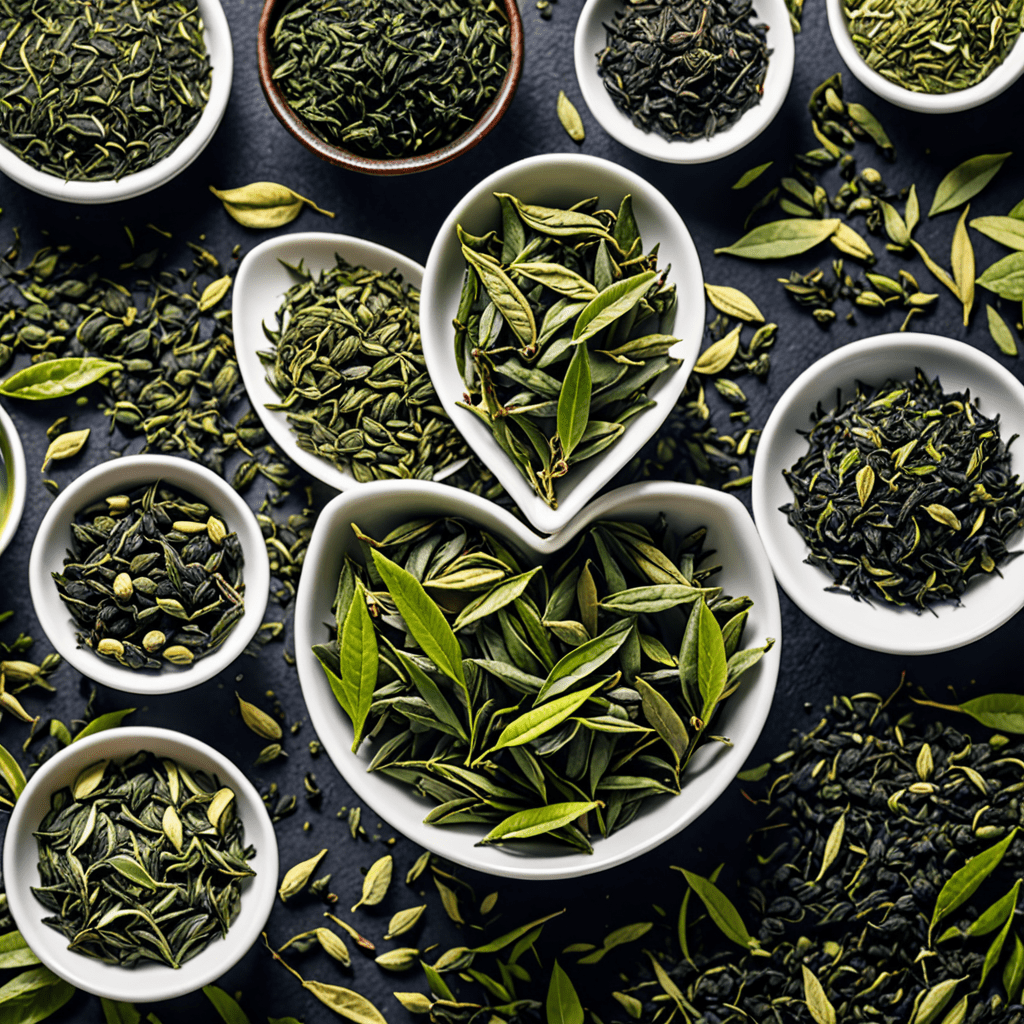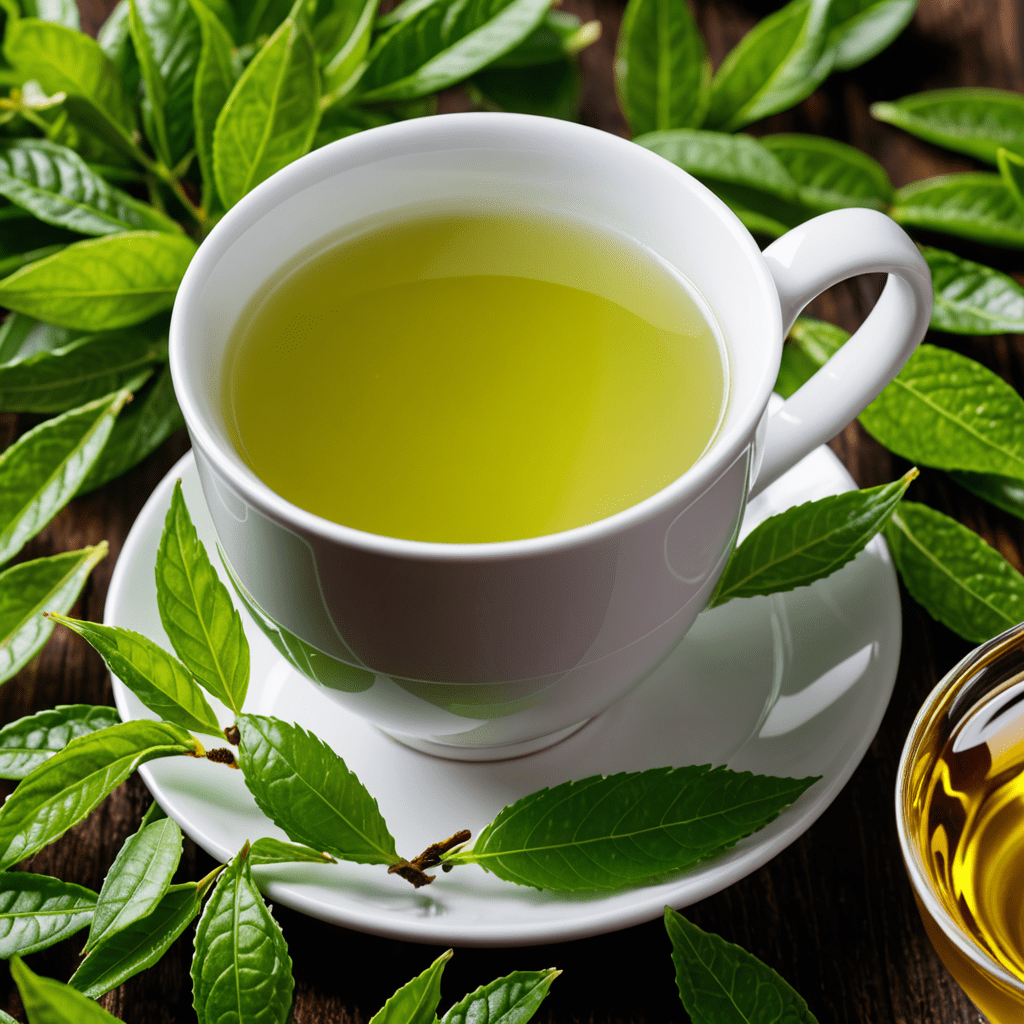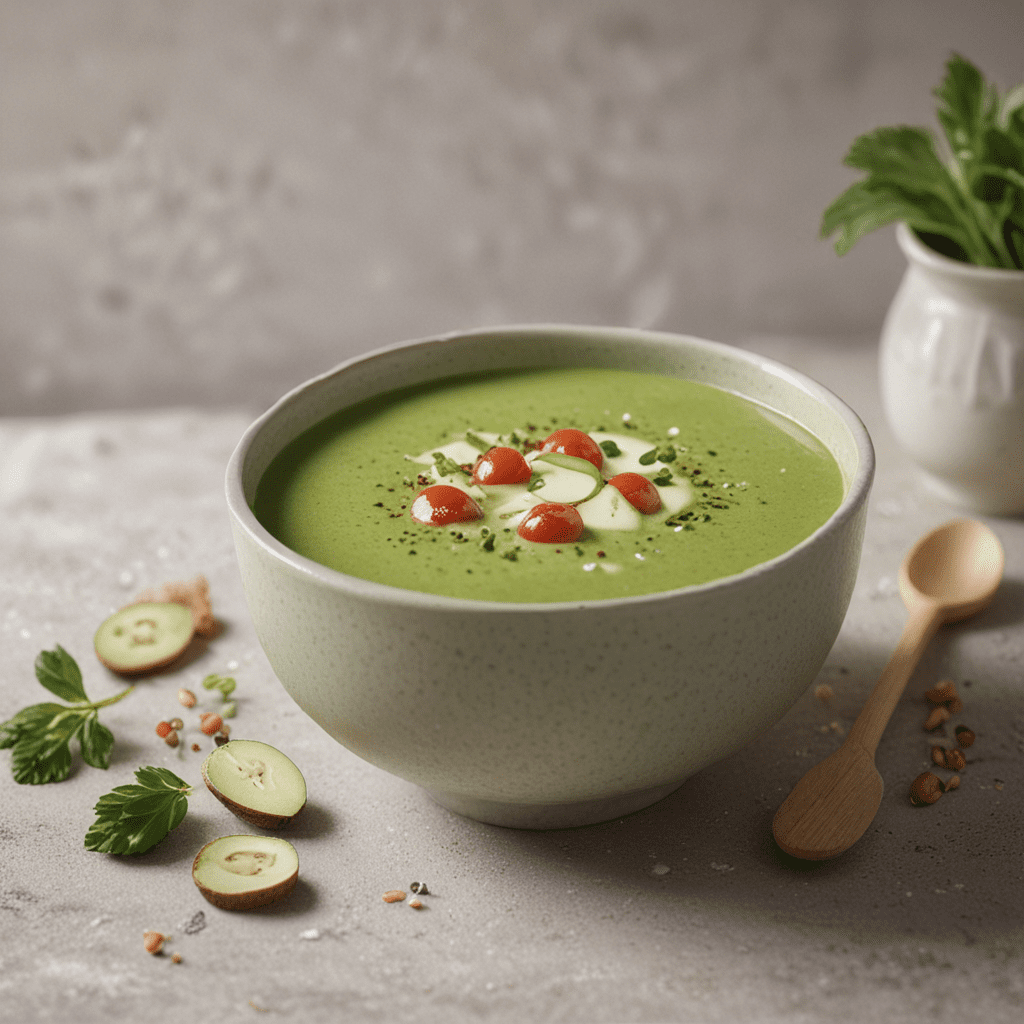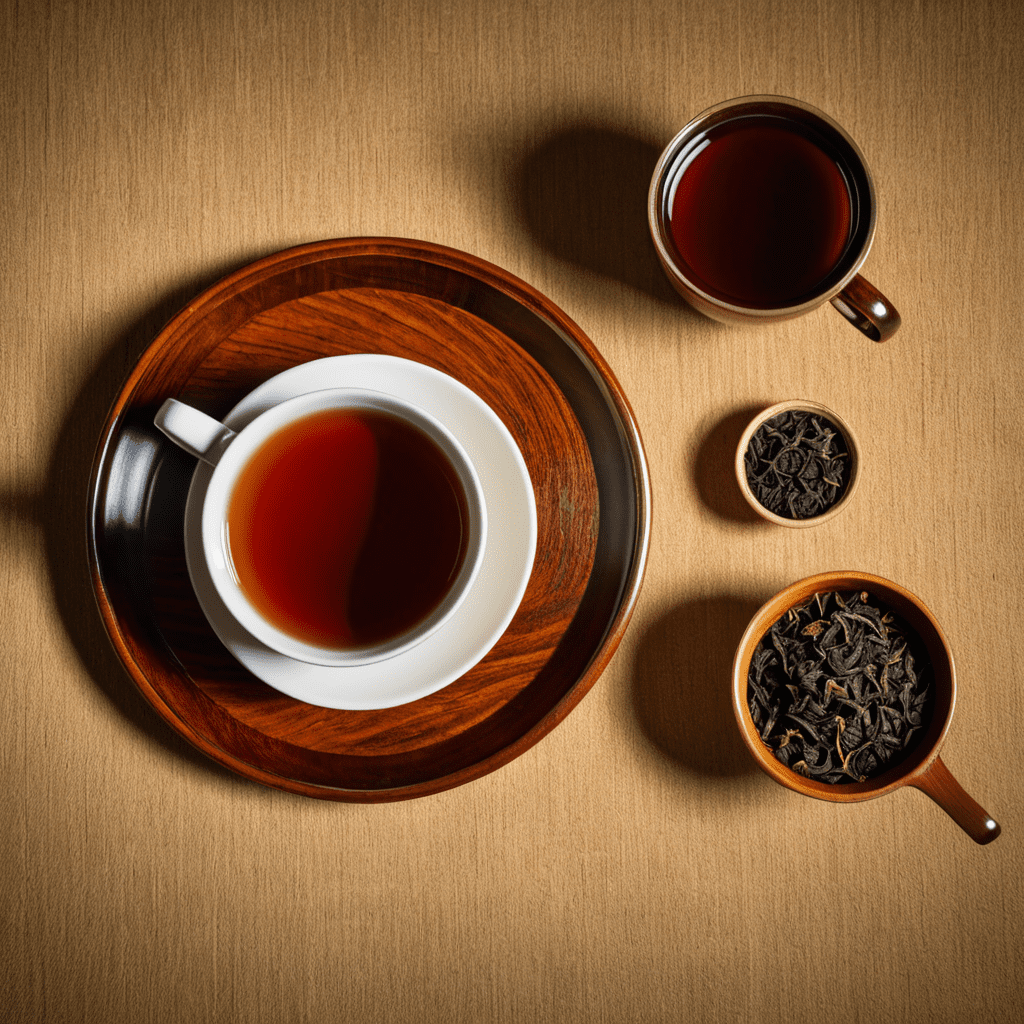
Discover the Diverse World of Green Tea Varieties
Understanding the Basics of Green Tea
Green tea, known for its myriad health benefits and delicate flavor, comes in various forms, each with its unique characteristics and brewing methods.
Sencha: The Most Popular Green Tea in Japan
Sencha, characterized by its grassy and slightly astringent flavor, is the most consumed tea in Japan. It is typically steamed and rolled, resulting in needle-shaped leaves. This type of green tea is known for its refreshing and invigorating properties, making it ideal for a morning pick-me-up.
Matcha: The Finely Ground Green Tea Powder
Matcha is a vibrant green powdered tea renowned for its use in traditional Japanese tea ceremonies. It is shade-grown to enhance its chlorophyll content, resulting in a rich, umami flavor. The entire leaf is ingested when consuming matcha, offering a concentrated dose of antioxidants and caffeine.
Dragonwell (Longjing): A Celebrated Chinese Green Tea
Hailing from Hangzhou, China, Dragonwell is celebrated for its smooth, chestnut-like flavor and flat, jade-colored leaves. This pan-roasted green tea boasts a toasty aroma and a mellow taste, making it a favorite among green tea enthusiasts.
Genmaicha: The Unconventional Blend of Green Tea and Roasted Rice
Genmaicha, also known as “brown rice tea,” is a unique Japanese green tea containing roasted brown rice kernels. This infusion yields a nutty, comforting flavor, making it an excellent choice for those seeking a more subdued green tea experience.
Gyokuro: The Shade-Grown Elixir
Gyokuro, often referred to as the “jade dew,” is a prized Japanese green tea shaded from sunlight for several weeks before harvest. This process enhances its chlorophyll content, resulting in a vibrant green color and a sweet, umami flavor. Gyokuro is renowned for its exceptional quality and is typically brewed at a lower temperature to coax out its complex flavor profile.
Bancha: The Everyday Japanese Green Tea
Bancha, regarded as the everyday green tea in Japan, is made from coarser, larger leaves and stems. This tea is known for its earthy, mild flavor and lower caffeine content, making it a suitable choice for daily enjoyment without the caffeine jitters.
FAQ: Unveiling the Mysteries of Green Tea
– What role does green tea play in traditional Chinese and Japanese cultures?
Green tea holds a significant place in both Chinese and Japanese cultures, where it is revered for its ceremonial and social importance. In Japan, the tea ceremony, or chanoyu, is an art that involves the preparation and presentation of matcha. Similarly, in China, tea gatherings are steeped in tradition, with tea serving as a focal point for social interactions and hospitality.
– What are the health benefits associated with green tea consumption?
Green tea is renowned for its plethora of health benefits, including its high antioxidant content, potential metabolism-boosting properties, and its ability to promote heart health. Additionally, its moderate caffeine content can provide a gentle energy lift without the crash often associated with coffee consumption.
– Are there any specific brewing methods for different types of green tea?
Each type of green tea requires specific brewing parameters to bring out its optimal flavor profile. However, as a general rule, green tea is best brewed at lower temperatures than other types of tea to avoid bitterness. Additionally, steeping times may vary, with some delicate green teas requiring shorter steeping periods to prevent a bitter taste.
Green tea offers an array of flavors and aromas, making it a delightful journey for tea enthusiasts. Whether you prefer the bold umami notes of matcha or the toasty nuances of Dragonwell, there’s a green tea variety to suit every palate. Unlock the treasure trove of green tea and savor the diverse experiences each variant has to offer!


